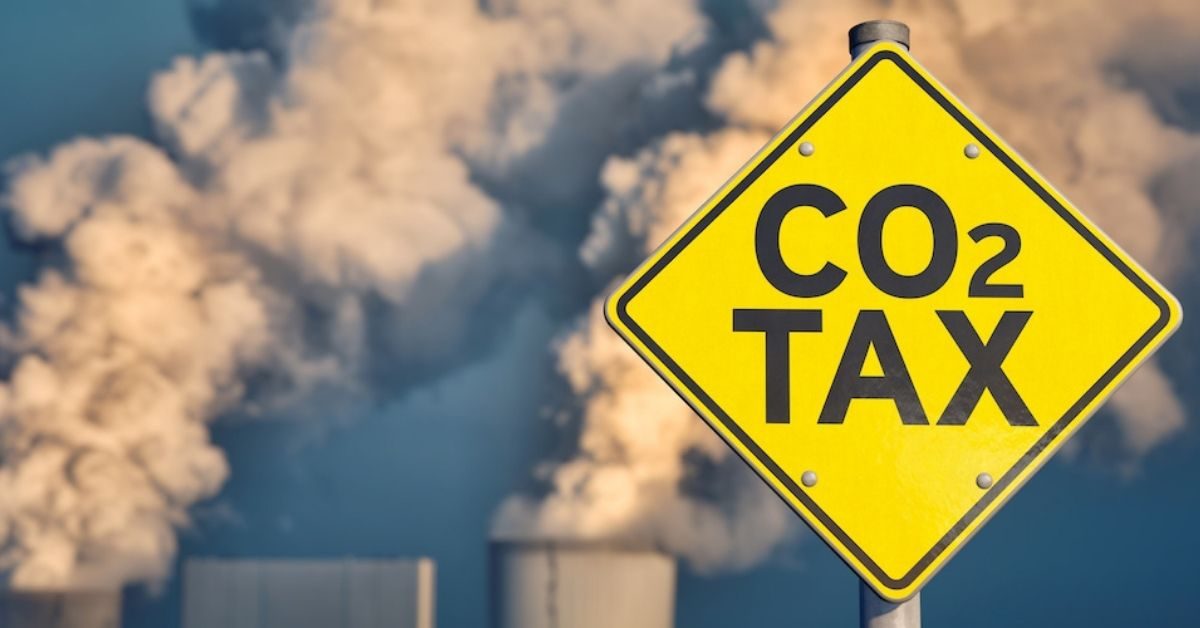On the lines of the European Union’s proposed Carbon Border Adjustment Mechanism (CBAM) principles, India is planning its own carbon tax mechanism to be levied on exports to the European nations. The concept is for India to collect the tax proceeds itself rather than sharing it with the EU.
A countervailing tax on imports / goods coming into India from the EU is also being mulled but officials are reportedly concerned about the legality of such a measure if it is challenged at the WTO. At a recent stakeholder meeting – between officials and the industry – the idea of “designing a law to collect CBAM charges in India” was mooted and discussed.
On the line of CBAM
It was proposed that Indian officials will selectively levy or charge the tax “applicable only on EU exports affected by CBAM”. The tax thus remains within India and will be accounted for at the time of export (through carbon credit or certification). It was proposed that the method of calculation of such tax or levy will be “the same method as CBAM for calculation of embedded ER (overall emission reducing efficiency) “ and “limited only to select products that will be exported (from India) to the European nations.”
The Constitutionality of such selective taxation is also being discussed.
Indian officials have already pointed out that they are in favour of the EU repatriating any carbon tax – as and when it comes into effect – being collected from Indian exporters. The repatriated revenue will be used here for funding the country’s climate objectives, it was argued.
“EU is not looking at equivalence of emission reductions, but equivalence of price,” the official said, adding that “to ensure acceptance of such a law by the EU, there needs to be an agreement to this effect”. Agreement should cover points relating to collection and verification of data by India.
The European Commission adopted the rules governing the implementation of the CBAM during its transitional phase, which starts on October 1, “and runs until the end of 2025”. In the transitional phase, “traders will only have to report on the emissions embedded in their imports subject to the mechanism without paying any financial adjustment.”
From January 1, 2026, the EU importers will have to buy CBAM certificates, corresponding to the embedded emissions above the EU-ETS benchmark levels. Currently, the price of such credits is pegged at €85 per tonne (approx) of CO2, “which will progressively increase”.
Steel and aluminum exports are said to be amongst the worst-hit sectors.
As per government data, India’s aluminum greenhouse gas emission intensity is amongst the highest in the world. For instance, the top two corporates (aluminum smelters) in India have emit 20.92 tonnes of CO2 per tonne of aluminum produced (tCO2e / t aluminium) and 19.76 tCO2e/ t aluminum. Against this, Rio Tinto has 6.19 tCO2e / t aluminum and Alcoa Corp just 5.76 tCO2E / t aluminum.
Similarly in steel, CO2 emissions average out at 2.55 tonnes of CO2 per tonne of steel produced against a global average of 1.85 tonnes.







